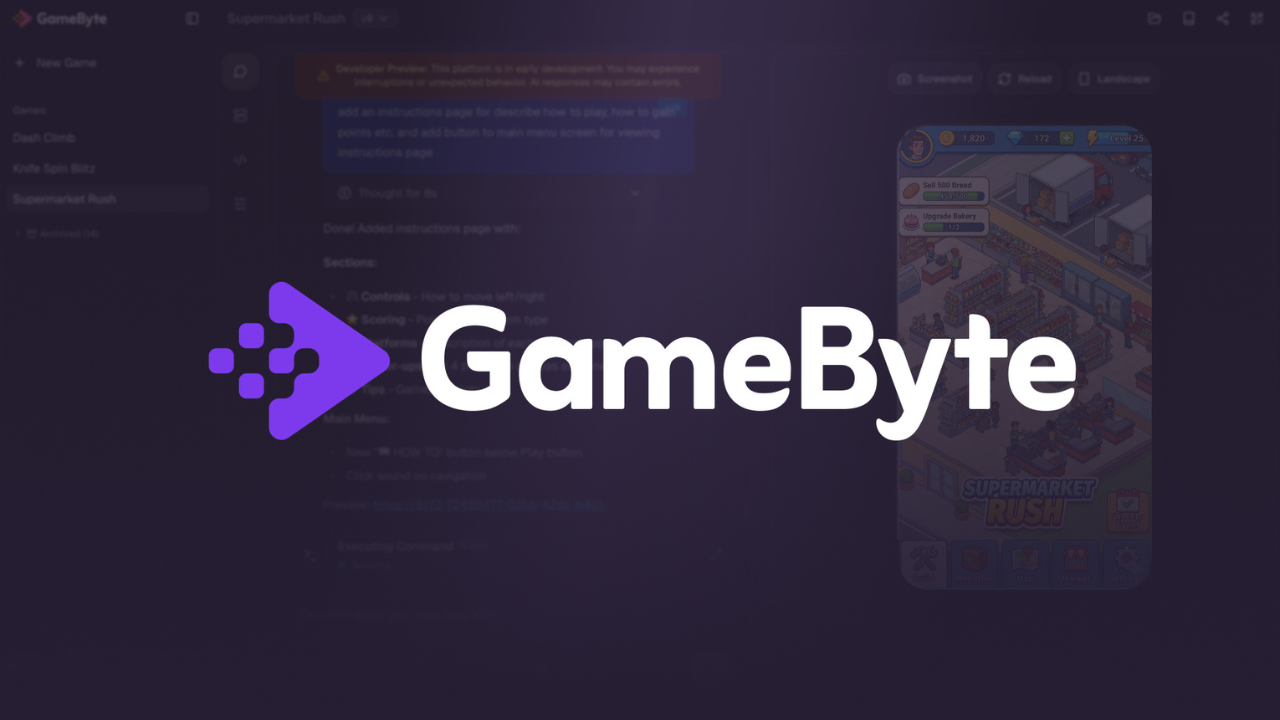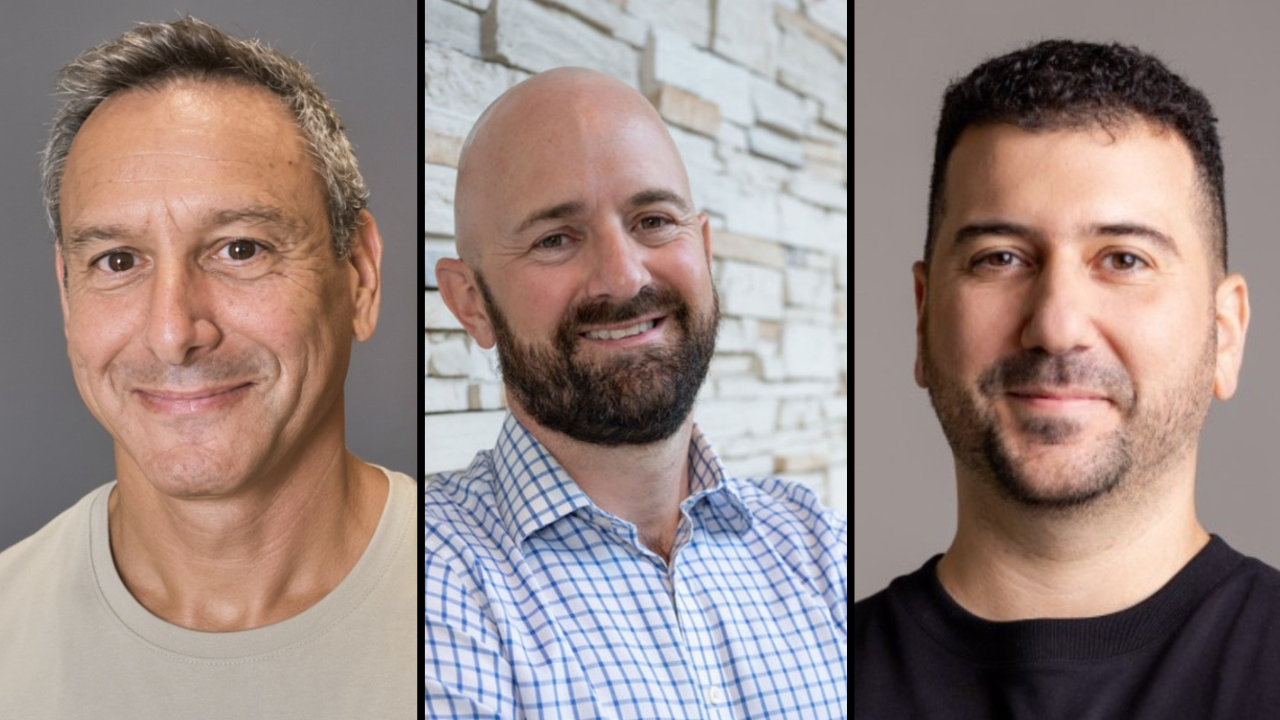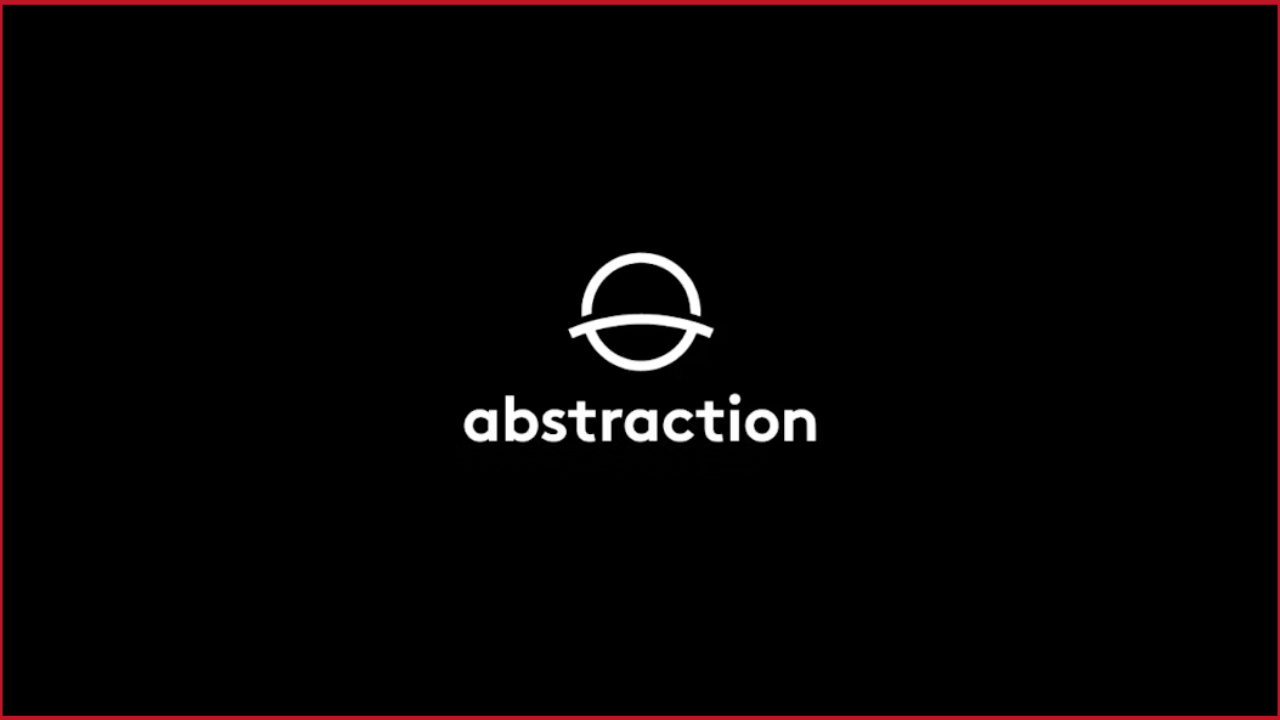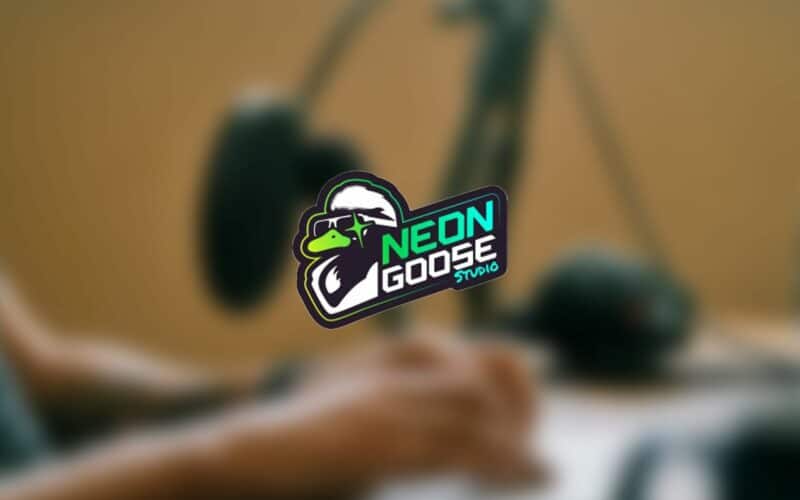Igor Kaliuzhnyi is the visionary mind behind Neon Goose Studio, where he serves as the Chief Creative Officer and Art Director. With an unparalleled eye for design and a deep passion for creativity, Igor has been instrumental in shaping the studio’s innovative approach to art and storytelling. His leadership and artistic direction have propelled Neon Goose Studio to new heights, making it a renowned name in the creative industry.
Can you please tell us about yourself and Neon Goose?
Since 2007, I’ve been working in game dev. Starting as a 3D artist, I’ve had the pleasure of working in Room 8, Plarium, Playtika, MoonActive and BrainRocket. Some of the exciting projects I’ve worked on include Rio Match3 Party, Undersea Solitaire, Final Elimination, House of Fun and MyCafe. Back then I felt that something was missing. Because of this incentive, I’ve started one of my biggest adventures – I created a company with friends so now I’m the Co-founder and Art Director at NeonGoose.

Neon Goose specializes in game art. We’re an outsourcing art studio that collects the best practices in the Game Dev Industry. Due to our experience working in lots of different companies we have a deep understanding about industry pains, why they hurt and how to make things better (without pain of course). In a nutshell we know exactly what to offer: responsibility for the project, we don’t take tasks we take care of any type of sh*t, so our clients get rid of worries about deadlines, delivery, quality, concept, tech issues and so on. We’ve been on the market for approximately eighteen months, and we already have working on THQ Nordic, Grimlore Games, projects and others.
You were a roundtable host at Mobidictum Network Lisbon. How was it?
It was surprisingly easy, all the participants were great. Honestly speaking I was worried before the Network Event because of the lack of vision of the process. But after the pre-party I lost all my anxieties. I prepared a small intro, it was 3-4 sentences for my round table to introduce the topic and make some boundaries on the discussion. And then we just have a great dialog with the audience. Thanks to the enthusiasm of the group, the conversation flowed naturally and productively. We managed to discuss LiveOps Cycle, as well as some questions about art direction and how to break into the industry. There were students from several universities and Digital Art and Design colleges. It’s inspiring to see people choose GD for their bachelor degree.
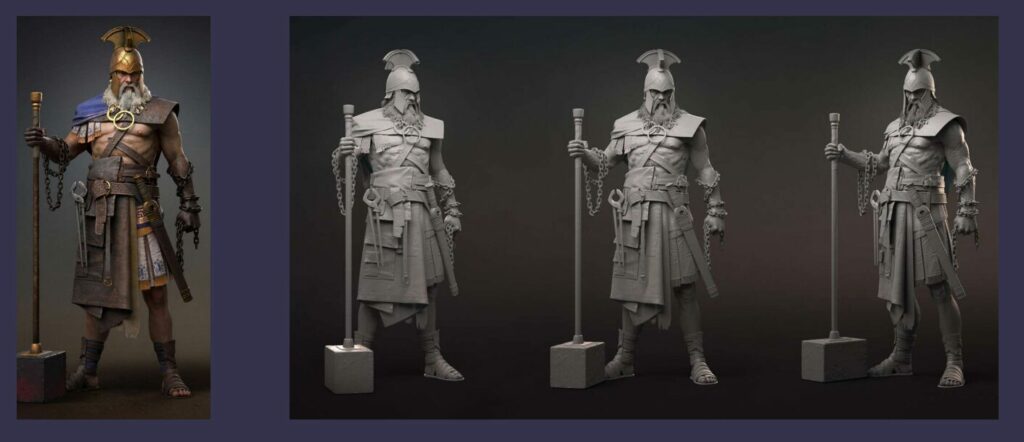
Let’s focus on your roundtable theme, “LiveOps Cycle & Art Delivery: How to make everyone happy.” Is it really possible to make everyone happy? Mobile games/social games
My Cafe (Melsoft – MoonActive)
Of course! And I want to clarify that we’re mainly talking about the development and art teams. Often, LiveOps faces lots of issues because of team resources, pressure, and deadlines. Why don’t I mention player happiness? It’s quite simple – creating a high-quality, well-developed product makes our players happy, and we’re all here to make that happen.
LiveOps is a complex process, and the most successful games operate on multiple levels. It’s comparable to a dream within a dream (it’s time to say “hi” to Inception movie). I prefer to categorize it into three cycles:
- Long cycles: These last from 4 to 8 weeks and usually involve collections that keep users engaged and work well for metrics like LTV, ARPPU, and DAU.
- Medium cycles: These span 2 to 5 days, sometimes up to a week, and include things like expeditions and tournaments. This level helps with daily retention.
- Fast cycles: These involve fast events and competitions, often lasting less than a day. Some games even use hour-long sprints. Why fast, because this is the type of thinking that is supposed to be in a development team, we give players a unique chance, an opportunity and like any great offer it won’t last forever: the player has to act here and now.
To create art for this massive machine, you need either a large, well-coordinated team or a clear plan. It’s all about choosing between specialization and workload management (team organization) or predictable future workloads (planning). Many prefer the clear plan. Before it became an issue, we also used this approach. Understanding all special events 6 months to a year in advance allows for perfect planning, even multiple versions, so by September, you’re ready for the Christmas event release.

I’d like to emphasize “before it became an issue” it really worked fine, but due to the success of special events the number of them kept increasing, eventually we had 2x the number of events with the same team. I think everyone realizes that a clear plan doesn’t save you when you have to change balance or mechanics in the process. And by the way, you always want to add the latest viral content, cultural/news references or something that exploded on Twitter last week. Not to mention, that every month there is a new meme cat, my favorite is Stepan, but let’s talk about him another time.
So what we did:
- We created a Rapid Team for hotfixes and minor features.
- We split our main team into feature teams. Each handling their own event. This gave more responsibility and fostered healthy competition. This approach fostered responsibility and healthy competition. Each event has its own metrics, making it easy to identify what resonated with players and what did not, allowing for improvements during retrospectives.
Why do I emphasize team happiness? Because it impacts the process and the final product. You can tell the difference between a team under constant stress and a happy team. When the system isn’t working smoothly, problems arise. Even positive changes can disrupt things. By the way, we’re changing the global event system now – do you think the teams are happy? 🙂 But we’re doing it for the greater good.

So, yes, we can make everyone happy. But only for a while, until we strive to make things better. Then we’ll do it, everyone will be happy again, and then we’ll realize that beyond each “better” there is also “the best.”
How do you ensure that a game’s art style and visual identity evolve while maintaining consistency over time with LiveOps updates?
Actually, it’s quite simple. Every project should have an Art Guide, sometimes also called an Art Bible. This is a comprehensive document that compiles and describes all the main design elements, patterns, and, of course, numerous examples of implementations. I know that in the early stages of a project launch, such a document might not exist, and that’s normal. Initially, everything changes very dynamically. Many indie projects also refuse creating Art Guide for various reasons: from a lack of resources to a reluctance to do boring tasks.
In such cases, it is very helpful to gather all the art on a single board (for example, in Figma or Miro) and compare it with the current elements. The artist does this, and then the art lead or art director oversees it. Basic checks include the level of detail, adherence to the color scheme, rendering style, shapes, and proportions of objects.

Most often, problems appear with unique totems because the style and visuals of the event are often very vibrant, but they still need to be integrated into the current design and style. A great example in recent years is events related to holidays, and bang, your team is integrating the Chinese New Year into a casual game with a Western aesthetic. Therefore, a lot of work goes not only into developing elements such as location decorations and character skins but also into integrating all of this into the overall concept. Consistency must always be in focus so that players don’t feel like their favorite game has become entirely different. Such feelings can lead to reduced playtime not to mention monetization. Any changes are a risk of losing loyal players, so it is crucial to know why your players choose your game and to understand where changes can be made and where it is better to live with even outdated art.
To be honest I was the author of several re-designs in the project, as a result of the fact that the art becomes outdated and we have to change the old art a little bit, add new stuff, it’s always a very exciting process because the whole project changes.
That’s why sometimes we create events in a different style to see if the other style will work, but such AB-tests are more about starting the game for a new audience.
Are there instances where data-driven decisions significantly altered your original artistic concepts?
Of course you always need to rely on data. For example, collect data about previous most successful events. When it comes to my teams we pay more attention to quantitative monetization metrics and other quantitative (numerical) indicators of engagement, for example, how much time players spent in the game on average. Heatmaps always go into the background. For example, an element that was taped to red by users may turn out to be an updated UI and have nothing to do with the artistic concept.
And btw we’re talking about your own data. Not general industry trends. If these are first launches – you can always do A/B tests and find a cool solution. By the way, sometimes just skin shuffling rewards between activities is already a good test with unexpected results.

